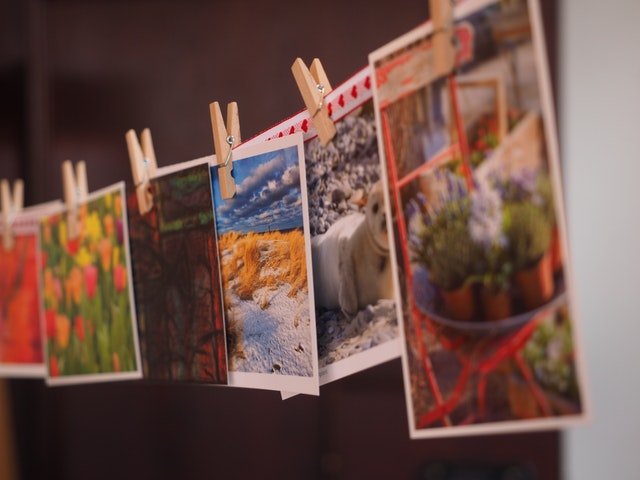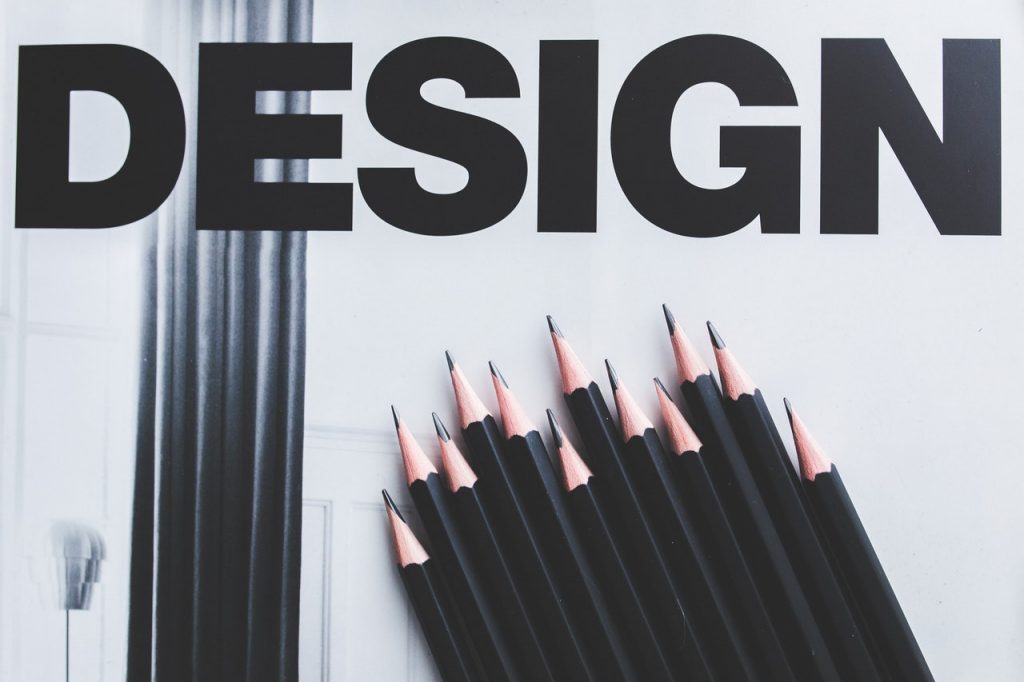Why Every Photographer Needs a Website
Don’t underestimate the value of a website for your organization. If you are thinking about prioritizing it and waiting until you are more established, think again. Developing a custom web design for your website should be among the first things you do when you start a photography business.
Think for a minute how people may get a photographer for their wedding or an event. Perhaps they ask friends for a word of mouth recommendation. Or maybe they simply ask Google. In any event, they wish to find a site with examples of the photographer’s work and a list of services and prices.
Your photography site should provide information about your organization, and it ought to be the home base for all your other promotions  and marketing. That means that you should be pointing people back to your site, and the site should help you reserve sessions or sell goods, that is the true importance of investment in a website.
and marketing. That means that you should be pointing people back to your site, and the site should help you reserve sessions or sell goods, that is the true importance of investment in a website.
Advantages of a photography site
Need more convincing that this ought to be on top of your list once you start a photography business? Here are seven advantages of a photography site:
1. You may sell your photography online.
It is no secret that e-commerce is growing quickly. In actuality, 51 percent of U.S. consumers prefer to shop online.
While there are numerous ways to showcase your work through a sales management system, usually you can just display the most recent pictures you have taken. Moreover, you may not need to be side by side with competitions on websites like Etsy. That is why it’s advantageous to make a custom craft website and put up an online shop to promote your photography.
Find out more about e-commerce solutions and ways to maximize your site to increase online sales for your small business through Google or other blog sites.
2. You may market your portfolio online.
It is possible to make a digital photography portfolio to showcase your prior work on your site. This permits prospective customers to navigate through your website and get a sense of your style. Clients value accessibility when trying to find top wedding photographers, which creates a website essential.
3. You can use an internet scheduling tool.
As you build your clientele, handling your calendar can become harder. Online scheduling software that works with your calendar to schedule client appointments can make your life a good deal easier.
By integrating the software with your site, you can let customers book appointments whenever they are prepared (instead of waiting for business hours for you to have a call or respond to email). Clients appreciate the flexibility and availability of online appointments, and it can be a vital advantage in your general customer service, and it is a highly recommended tool used in coaching for business.
As a bonus for you, most applications automatically reminds customers of the appointments, which means fewer no-shows.
4. It is possible to collect customer information.
Your photography site can become an ideal area to ask prospects information like email addresses which you can use for promotions. By collecting this information, you are able to participate with your customers and prospective clients. These and other email advertising efforts are a amazing tools to remain connected with your audience and promote your own photography company with reminders to book sessions or purchase your prints.
You might let people register for an online newsletter or subscribe to your site so that they can stay connected to your brand.
5. You are able to effectively advertise on social networking.
If you are investing in any paid online advertising, your site can be the centerpiece for your effort. You might consider investing in paid search advertisements or advertisements on social networking. Facebook has a relatively straightforward ad platform that could help you drive an extremely select target market to your site by paying for campaigns that target key terms and phrases such as ‘best wedding photographers melbourne’.
6. You may highlight customer feedback.
In any service-driven business, prospective customers conduct comprehensive research and read a large number of reviews before they devote to your company. If you make a website devoted to your photography, it is possible to exhibit customer feedback and feature favorable reviews as a means of selling your own brand.
- You may communicate your brand.
When folks search for a photographer, they are interested in somebody who shares a aesthetic or style like their own, which extends beyond your own photos. Your site should also communicate that fashion, which is basically your own brand.
If you choose beautiful pictures, but your website is outdated or unsearchable, people may think twice about booking with you. But if your site looks and feels just like your photographs, individuals are more inclined to give you a call. Even your website’s technical characteristics (e.g., if you’ve integrated appointments, if can people pay online, etc.) can give folks cues about how adept you’re with editing and other technical skills.



 As stated previously, your prospective buyers may not recall your name or face. Although, one way to keep your face in their minds would be to put a photo of yourself on the front of your business card. The picture of you needs to represent exactly what you look like the majority of the time. For those who have a favorite hat or accessory, wear it in the image so you are easily recognizable.
As stated previously, your prospective buyers may not recall your name or face. Although, one way to keep your face in their minds would be to put a photo of yourself on the front of your business card. The picture of you needs to represent exactly what you look like the majority of the time. For those who have a favorite hat or accessory, wear it in the image so you are easily recognizable.